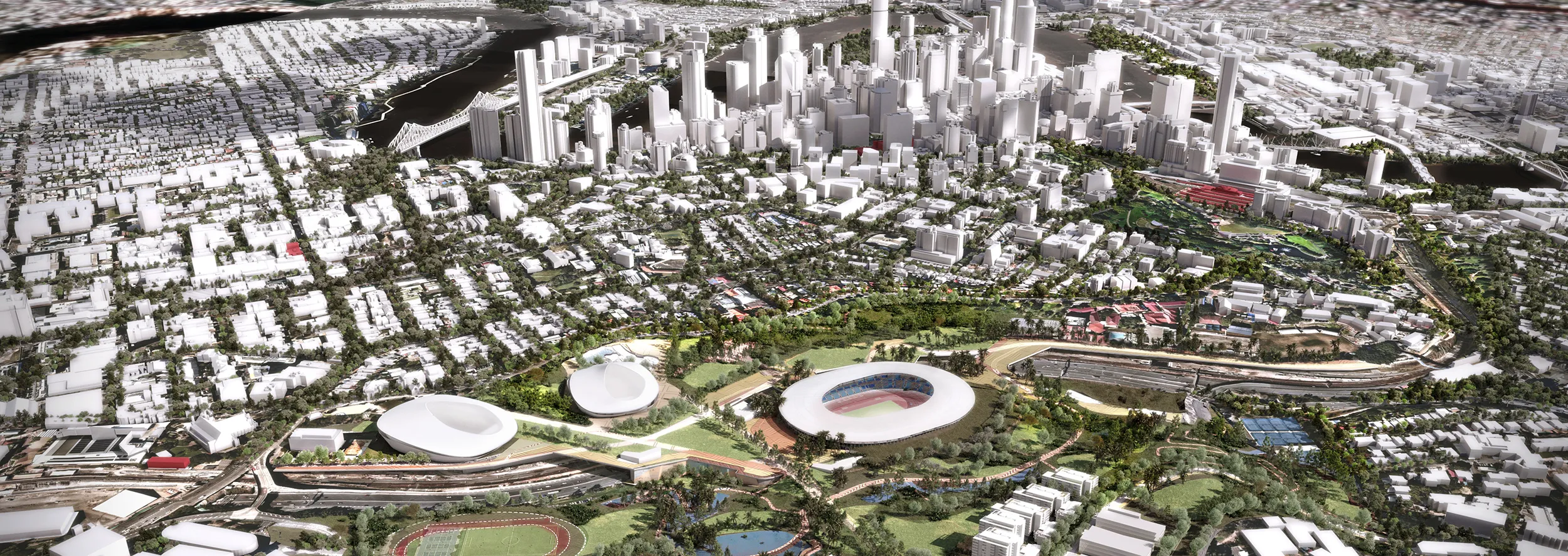
The new economy
Often touted as the new economy, industries focused on cultural production, information technology, health, and finance leverage intellectual capital as the primary resource to create something new that has value. The physical infrastructure around this new form of production can be as simple as laptops and a shared workplace, to controlled environments and laboratories, to larger scale experimental manufacturing, energy, and agricultural processes. Each sector has its own setting and often latent innovation resides in places hidden from view. In many instances the spark needed to stimulate a wider sharing and evolution of ideas requires intervention both from authorities to create the right business and infrastructure settings to add value and accelerate opportunities to help local economies grow.
Understanding your target group and place is necessary to ensure the right ingredients are included in the mix to make it valuable to prospective stakeholders. The build-it-and-they-shall-come mentality can be rather hit and miss with well-meaning authorities and developers seeking to create the next Silicon Valley.
A start up mentality
Many great places recognised as engine rooms for technical innovation and cultural production happen almost by accident and grow organically. The well known Temple Bar District in Dublin emerged as a magnet for cultural production because the settings for creatives were accidentally in place: a central location, dynamic and authentic urban experiences, and cheap rent.
While the transport authority was busy acquiring properties for a planned transport interchange, they were leasing them back to people as meanwhile plan for low rents and short leases. The dynamic of the place changed and was recognised by authorities who instead of moving ahead with the planned redevelopment, instead consolidated and expanded the cultural offer that had already organically started in place.
Conjuring places for innovation can arise from opportunities latent in the city. A well-connected place with good multi modal transport that is physically close to established institutions such as universities, hospitals, performance and art can invite opportunity and stimulate future transfers of knowledge that leads to innovation. The seed for such places can emerge from foresight and the will of local and state authorities to act but sometimes an external action can bring forward the realisation of new knowledge precincts.
In some instances, the reconstruction of cities post disaster invites a rethink of the distribution of institutions as is the case in Christchurch and the development of new zones around the city frame. The development of the new justice and emergency services precinct that brings together eight departments and institutions that enables a better integrated response to future disruptions. In other instances, the hosting of major events presents a once in a generation opportunity to create new parts of the city that in legacy can continue to act as drivers for activity in a new knowledge economy.

Capitalising on investment
Knowing where you want to finish is crucial in understanding where to start. Legacy planning around major events requires careful consideration to ensure that the injection of capital is repaid downstream. The legacy post 2018 Gold Coast Commonwealth Games offers a good case study that is still playing out today. Recognised by the IOC as one of the best games villages in recent history, the groundwork for legacy success was established at the start.
Situating between a major tertiary institution and regional public and private hospitals invited the opportunity for future knowledge-based industries to establish with access to the researchers and patients important for research. Specialists teaching in academic programs and practicing in hospitals can access to space for private practice that through good design enables opportunities for collaboration and innovation.
Importantly though is that knowledge precincts do not exist in isolation. Good transport connections and integration with the street network that enables future connectivity is crucial for knowledge precincts to grow up over time into vibrant and diverse neighbourhoods. Like the experience of Temple Bar in Dublin, a connected and vibrant city that supports a resident population; that drives a local economy; that supports local business; that draws people out to meet in public - are critical in enabling deliberate and serendipitous interactions. Our work with the 2018 Games Village recognised this and whilst the precinct is still growing, ultimately all the ingredients for a vibrant mixed-use district are in place. It is crucial to understand that functional knowledge precincts are driven by the good urban design, understanding that we continuing to develop.




.jpg)